Want to know if Bitcoin mining makes money? A Bitcoin mining calculator helps you find out. It shows your profits fast. This guide explains how it works. It uses simple words for beginners. You will learn every step. You will see real numbers for 2025. And you will avoid common mistakes. Let’s start exploring!
Bitcoin mining began in 2009. It was easy back then. People used home computers. They earned big rewards. Now, it’s harder. Special machines cost thousands. Power bills grow fast. A calculator checks if it’s worth it. This article gives you all the details. It uses facts from trusted places. It helps you make smart choices.
What Is Bitcoin Mining?
Bitcoin mining keeps the network running. Miners use computers to solve math puzzles. These puzzles check trades. When solved, miners add trades to a public list called the blockchain. The winner gets new bitcoins. Right now, that’s 3.125 bitcoins every 10 minutes. This reward halved in April 2024. The next cut is in 2028.
Miners need strong machines. These are called ASICs. They solve puzzles super fast. One can guess billions of times a second. But they use lots of power. Like running a whole house. Mining also needs software. And a way to team up with others. Most miners join pools. Pools share work and rewards. Going solo is like winning a lottery.
Why mine? You earn bitcoins. You can sell them for money. It also helps Bitcoin stay safe. More miners make the network stronger. Nobody can cheat if many watch. In 2025, mining is tough but possible. Bitcoin’s price is high, around $117,000. Power costs vary. In the US, it’s about 10 cents per kilowatt-hour. In places like Iceland, it’s cheaper. Your location changes everything.
How Does a Bitcoin Mining Calculator Work?
A Bitcoin mining calculator is a tool. It takes your details. It shows if you make money. Or lose it. It’s like a budget for mining. It uses real-time numbers. Like Bitcoin’s price. Or how hard puzzles are. This hardness is called difficulty. It’s at 136 trillion now. That’s a big number.
You enter simple things. Like your machine’s speed. Or how much power it uses. The tool subtracts costs. Like electric bills. Or pool fees. Fees are usually 1 or 2 percent. Then it shows your profit. Maybe daily. Or yearly. Some tools show when you earn back your machine’s cost. That’s called break-even time.
The math is clear. Profit is what you earn minus what you spend. Earnings come from block rewards. And fees from trades. Costs are two kinds. First, buying the machine. That’s thousands of dollars. Second, running it. Power is the big one. A machine using 3,000 watts runs 72 kilowatt-hours a day. At 10 cents, that’s $7.20 daily.
Calculators use a special number. It’s called hash price. This is dollars earned per trillion guesses a day. In 2025, it’s about 5 cents. That’s low because of the halving. But Bitcoin’s high price helps. Good tools update this daily. They guess future changes. Difficulty grows about 0.45 percent each day. That affects your profit.
For example, say you have a 100-terahash machine. It uses 2,500 watts. Power costs 8 cents per kilowatt-hour. Bitcoin is $117,000. Difficulty is 136 trillion. The calculator says you earn 0.0004 bitcoins a day. That’s $47. Power costs $4.80. Your profit is $42.20 daily. Over a year, that’s $15,400. But difficulty will rise. Real profit might be $10,000 yearly.
Some calculators add extras. Like machine wear. Or taxes. In the US, mining is taxed as income. Tools like Bitbo or CoinWarz are good. They use live data. Others don’t. Always pick one that’s honest. It should show risks. Like if Bitcoin’s price falls. Or power costs jump. No tool is perfect. But it guides you.
What Affects Your Mining Profits?
Many things decide if you make money. It’s a balance. You earn rewards. You pay costs. Let’s look at each part.
Your Machine’s Speed (Hashrate)
Speed is how fast your machine guesses. It’s measured in terahashes. One terahash is a trillion guesses a second. More speed means more rewards. A 100-terahash machine earns twice as much as a 50-terahash one. But it costs more to buy. And uses more power.
The whole network’s speed matters too. It’s called network hashrate. Right now, it’s 1,021 exahashes. That’s a billion terahashes. Your machine is a tiny part. If you have 100 terahashes, that’s 0.00001 percent of the total. Your share sets your earnings. In 2025, network speed grows 77 percent a year. New machines keep coming. You need to keep up.
Power Costs
Power is a huge cost. Mining machines use lots of it. A 100-terahash machine needs 2,500 watts. That’s 60 kilowatt-hours a day. At 10 cents, that’s $6 daily. Places with cheap power win. Texas has 9 cents. California has 25 cents. Iceland can be 4 cents.
Some miners use green power. Like solar or wind. It saves money. A solar setup cuts costs by 30 percent. But it costs $10,000 to start. Efficiency is key. Good machines use 20 watts per terahash. Bad ones use 40. Lower is better.
Bitcoin’s Price
Bitcoin’s price changes a lot. It’s about $117,000 in 2025. Up from $69,000 in 2024. A high price means more profit. If you earn 0.001 bitcoin, that’s $117 at today’s price. If it drops to $50,000, it’s only $50. Calculators use the current price. But you must plan for drops. A 20 percent fall cuts profits hard.
Experts think Bitcoin could hit $150,000 by late 2025. But nobody knows. A Bitcoin mining calculator helps you test different prices. Try high and low. See what happens.
Mining Difficulty
Difficulty shows how hard puzzles are. It changes every two weeks. More miners mean harder puzzles. It’s at 136 trillion now. Up 200 percent in a year. It grows 0.45 percent daily. If your machine stays the same, your share shrinks. Profits drop.
Good calculators guess future difficulty. Without this, numbers look too good. Always check this feature.
Block Rewards
Miners get two rewards. First is the block reward. It’s 3.125 bitcoins now. It halves every four years. The last cut was April 2024. The next is 2028. Second is trade fees. Users pay to speed up trades. Fees add 20 percent to rewards in 2025. Busy times mean more fees.
The halving cut profits in half. But Bitcoin’s price rise helped. Still, small miners struggle.
Other Costs
Pools charge fees. Usually 1 to 2 percent. Some, like F2Pool, are 2.5 percent. Others are zero but rare. Cooling costs extra. Machines get hot. Fans or water cooling add 10 percent to power. Internet must be stable. Downtime loses money. Repairs cost about $500 a year. Taxes hit too. In the US, mining is income. You might pay 30 percent.
How to Use a Bitcoin Mining Calculator
Using a calculator is easy. It takes a few steps. Here’s how to do it right.
First, find a good tool. Try CoinWarz or NiceHash. They use live data. Old tools give bad numbers. Check if it updates Bitcoin price and difficulty.
Next, enter your machine’s speed. Look at its specs. Say it’s 200 terahashes per second. Type that in.
Then, add power use. Check your machine’s watts. Maybe 4,000 watts. That’s 96 kilowatt-hours a day.
Now, set your power cost. Look at your electric bill. Maybe 7 cents per kilowatt-hour. Enter that.
Choose a time frame. Like daily or monthly. Some tools let you pick yearly.
Hit calculate. The tool shows your earnings. And costs. And profit. For example, a 200-terahash machine at 4,000 watts with 7-cent power earns 0.0008 bitcoins daily. That’s $94 at $117,000. Power costs $6.72. Profit is $87.28 a day. Monthly, that’s $2,618.
Test changes. What if Bitcoin drops to $80,000? Or power rises to 10 cents? Run it again. Good tools let you try this.
Some add pool fees. Pick a pool like SlushPool. Set 2 percent. See how it cuts profit.
Check break-even time. If your machine costs $5,000, when do you earn it back? A good calculator shows this.
Best Mining Hardware for 2025
Your machine decides your success. Here are top picks for 2025. They balance speed and cost.
MicroBT Whatsminer M63S is strong. It does 390 terahashes. Uses 7,215 watts. Costs $13,699. It’s very efficient. Only 18.5 watts per terahash. Great for big miners. Earns $150 daily with cheap power.
Bitmain Antminer S21 is balanced. It does 200 terahashes. Uses 3,500 watts. Costs $4,000. Efficiency is 17.5 watts per terahash. Good for home miners. Earns $87 daily at 7 cents.
Canaan Avalon A1466 is cheaper. Does 150 terahashes. Uses 3,230 watts. Costs $2,500. Efficiency is 21.5 watts per terahash. Good for beginners. Earns $60 daily.
New machines use water cooling. It saves 10 percent power. But costs more to set up. Buy from trusted sellers. Check ASIC Miner Value for reviews. Machines last about 3 years. Then they lose efficiency.
Mining Trends in 2025
Mining changes fast. Here’s what’s happening now.
The network speed is huge. It’s 1,021 exahashes. Up 77 percent from last year. US miners lead. China’s ban moved mining west.
Profits are tight. Hash price is 5 cents per terahash daily. Down 60 percent since halving. But Bitcoin’s $117,000 price helps.
Green energy grows. 58 percent of mining uses solar or wind. Texas has big wind farms. They host miners. It saves money and helps the planet.
Some miners try AI. They rent machines for AI tasks. It earns 30 percent more. Companies like CoreWeave do this.
Rules are stricter. The US gives tax breaks for green mining. Europe’s MiCA law adds costs. Some places ban mining.
Home mining is back. Cheap machines and power help. But noise and heat are problems.
Cloud mining grows. Apps like BCC Mining offer it. But scams are up 200 percent. Check reviews on Trustpilot.
Mistakes to Avoid
New miners make errors. Here’s how to stay safe.
Don’t ignore difficulty. It grows daily. Use a calculator that plans for it. Or profits look too high.
Don’t assume cheap power. Check your real rate. Add 20 percent for safety.
Don’t buy without math. Run a Bitcoin mining calculator first. Aim to earn back costs in 6 months.
Don’t mine alone. Join a pool. Solo odds are 1 in millions.
Don’t forget fees. Add 2 percent for pools. Track cooling and repairs.
Don’t lose keys. Save your wallet details. Use a hardware wallet like Ledger.
Don’t skip taxes. Mining is income. Use software like Koinly to track.
Ways to Earn More
Want better profits? Try these ideas.
Run during off-peak hours. Power can be 15 percent cheaper. Check your local rates.
Cool smart. Use fans or water. It saves power. Test what works.
Start small. Add machines as you earn. Don’t spend too much at once.
Mine in cheap places. Like Iceland. But shipping costs extra.
Sell extra heat. Some miners warm homes. It earns money.
Watch daily. Use tools like Awesome Miner. They alert price changes.
Hedge prices. Sell Bitcoin futures. It locks in gains.
Try other coins. Like Kaspa. But Bitcoin is safest.
Think long-term. Hold bitcoins if prices rise.
Bitcoin Mining and the Environment
Mining uses lots of power. About 150 terawatt-hours a year. That’s like a small country.
But it’s getting better. 58 percent uses green energy. Solar and wind lead. Carbon use dropped 20 percent since 2023.
Some miners reuse heat. In Sweden, it warms 10,000 homes. That saves energy.
Rules push green. The US gives tax breaks. Europe may add carbon taxes.
Choose green pools. Like Foundry. They track eco impact.
What’s Next for Bitcoin Mining?
By 2026, network speed could hit 1,500 exahashes. Machines will get faster. Efficiency will double.
The 2028 halving cuts rewards to 1.5625 bitcoins. Prices must rise to keep profits.
AI competes for power. Miners may share grids.
Cloud mining will grow. It’s easy but costly. Watch for scams.
Quantum computers are far off. Bitcoin plans fixes.
Mining stays alive. But only for smart miners.
Final Thoughts on Bitcoin Mining Calculators
A Bitcoin mining calculator shows your profits clearly. It uses your machine’s speed and costs. In 2025, Bitcoin is $117,000. But difficulty and power costs hurt. Use a tool like CoinWarz. Enter real numbers. Test price drops. Check green energy to save. Avoid mistakes like solo mining. With care, mining can work. What’s your mining plan? Share in the comments!
Also Read: Is ADA Coin Breakout 2025 Happening? Why ADA Could Hit $10 and Shock Crypto Markets
Disclaimer: This article is only for learning and sharing information. It is not financial advice. We are not telling you to buy, sell, or mine Bitcoin. Always do your own research before making choices. Mining has risks like costs, rules, and price changes. We are not responsible for any profit or loss you make. This is not a promotional or affiliate article.
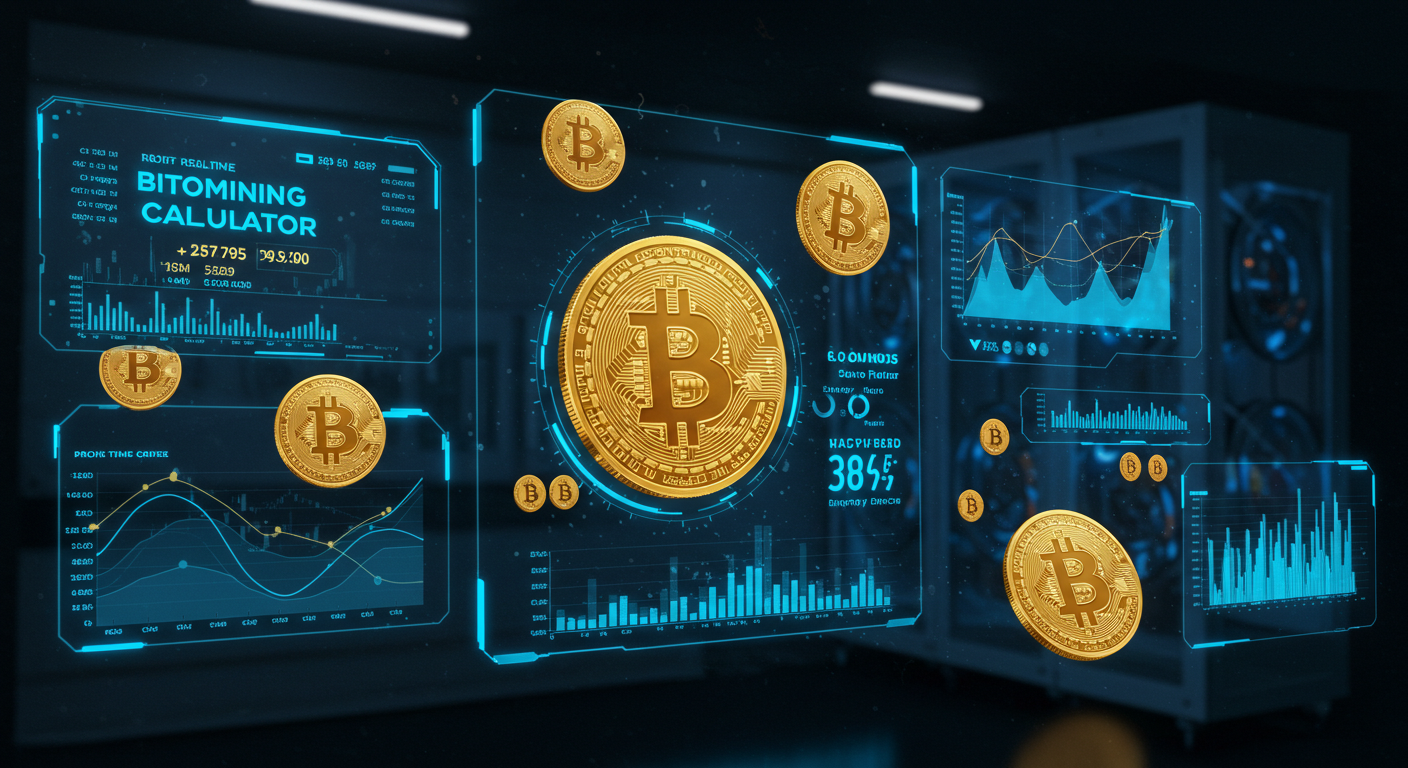
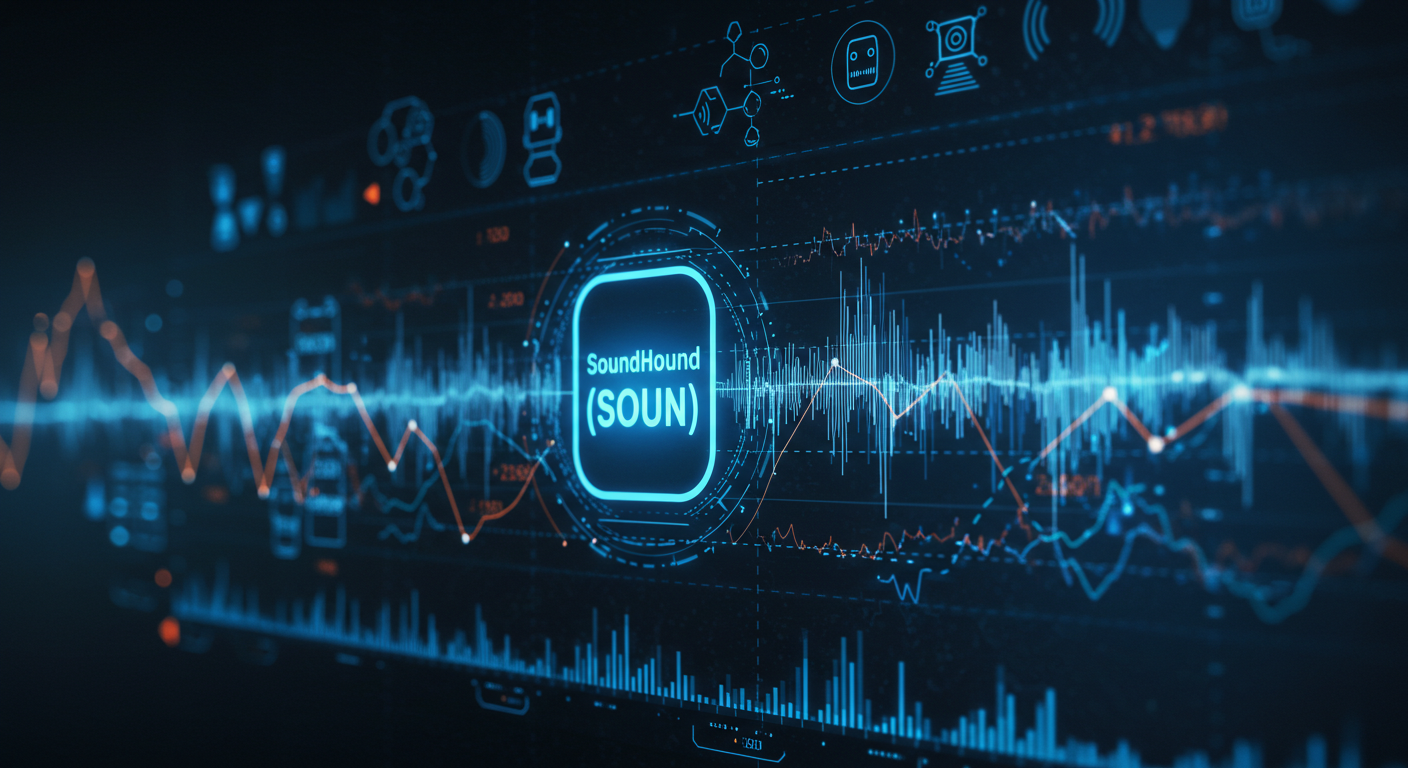
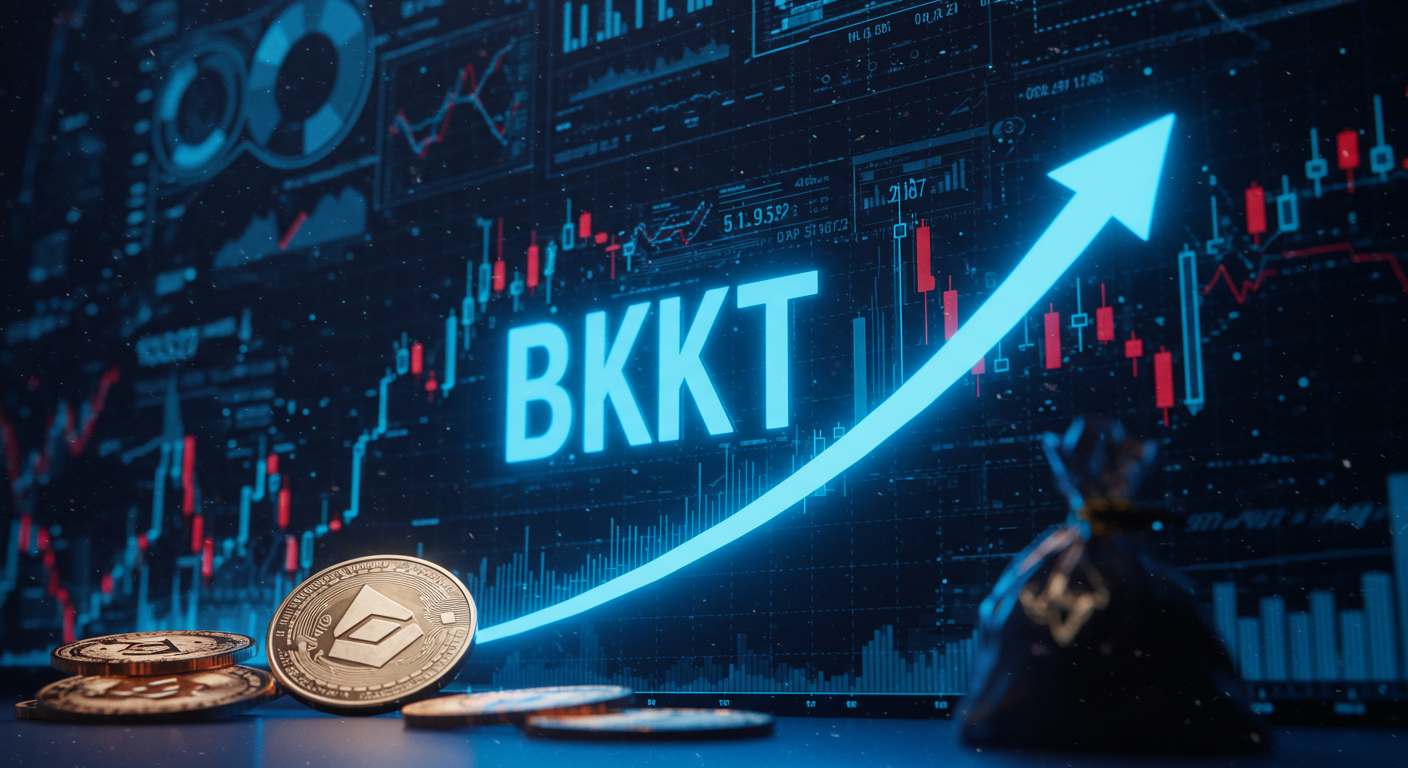
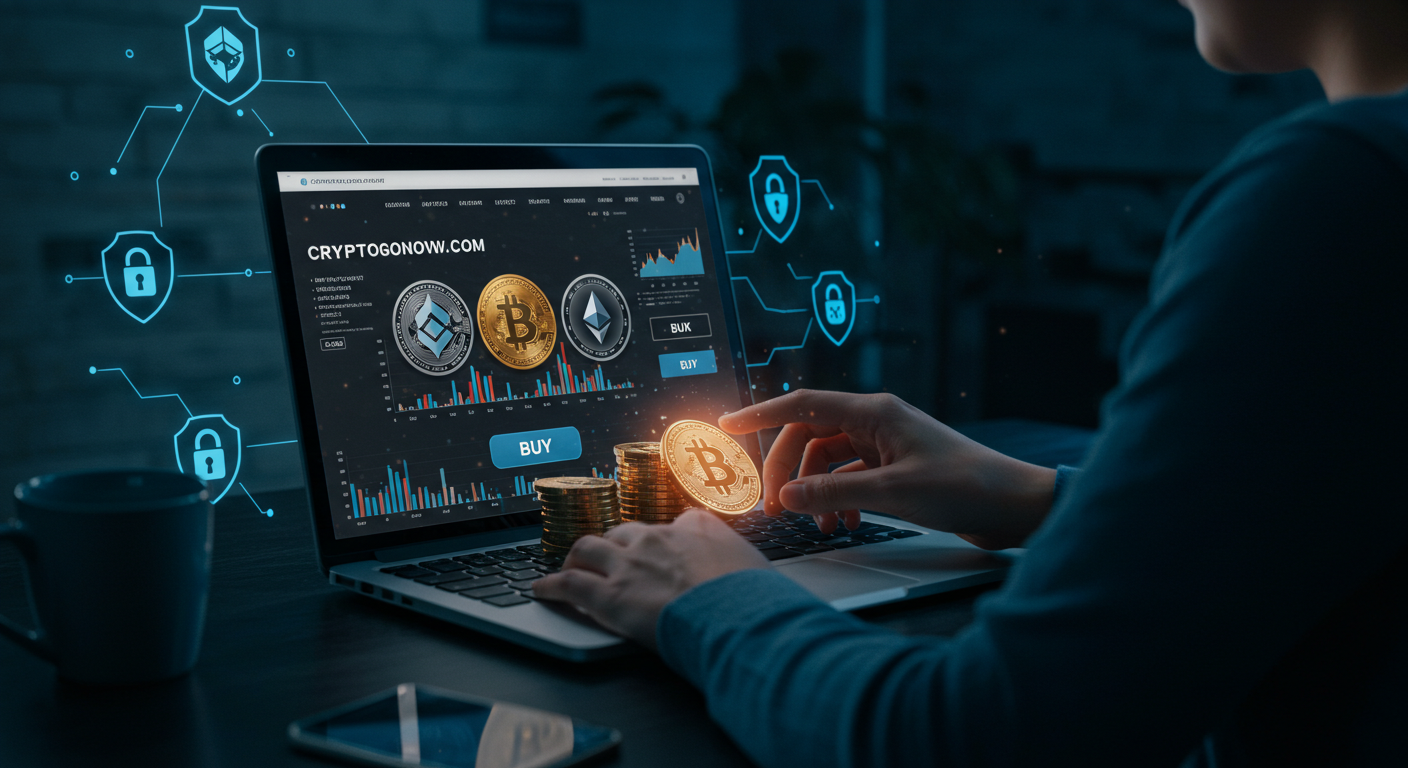
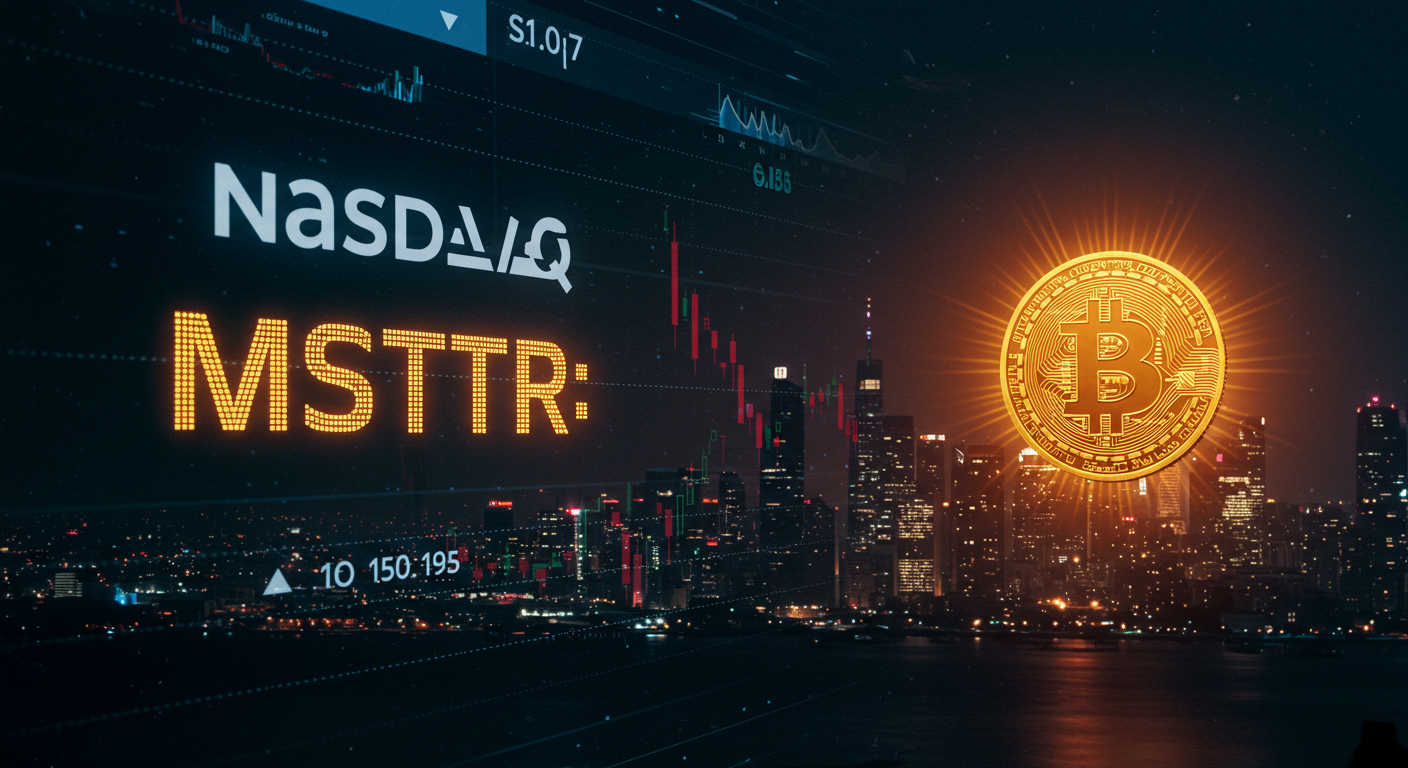

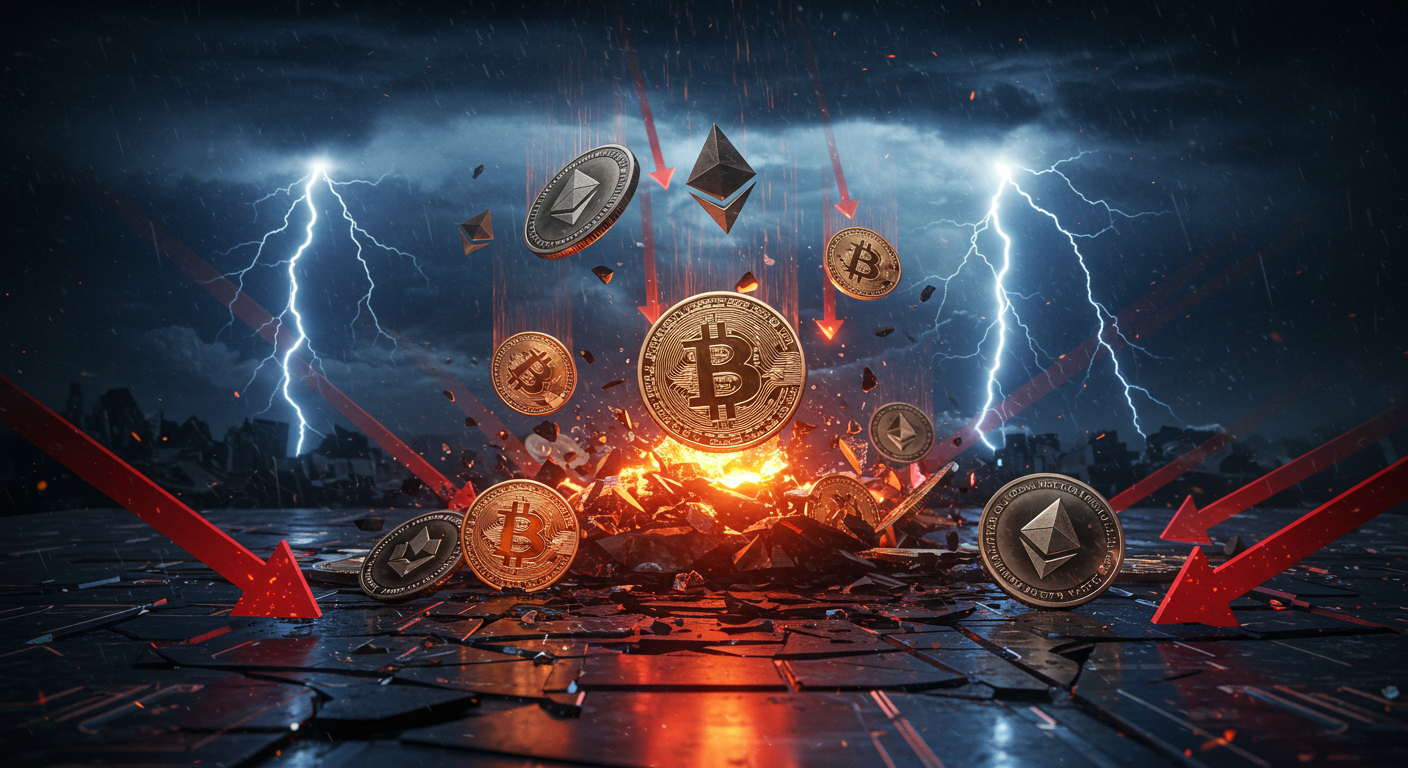
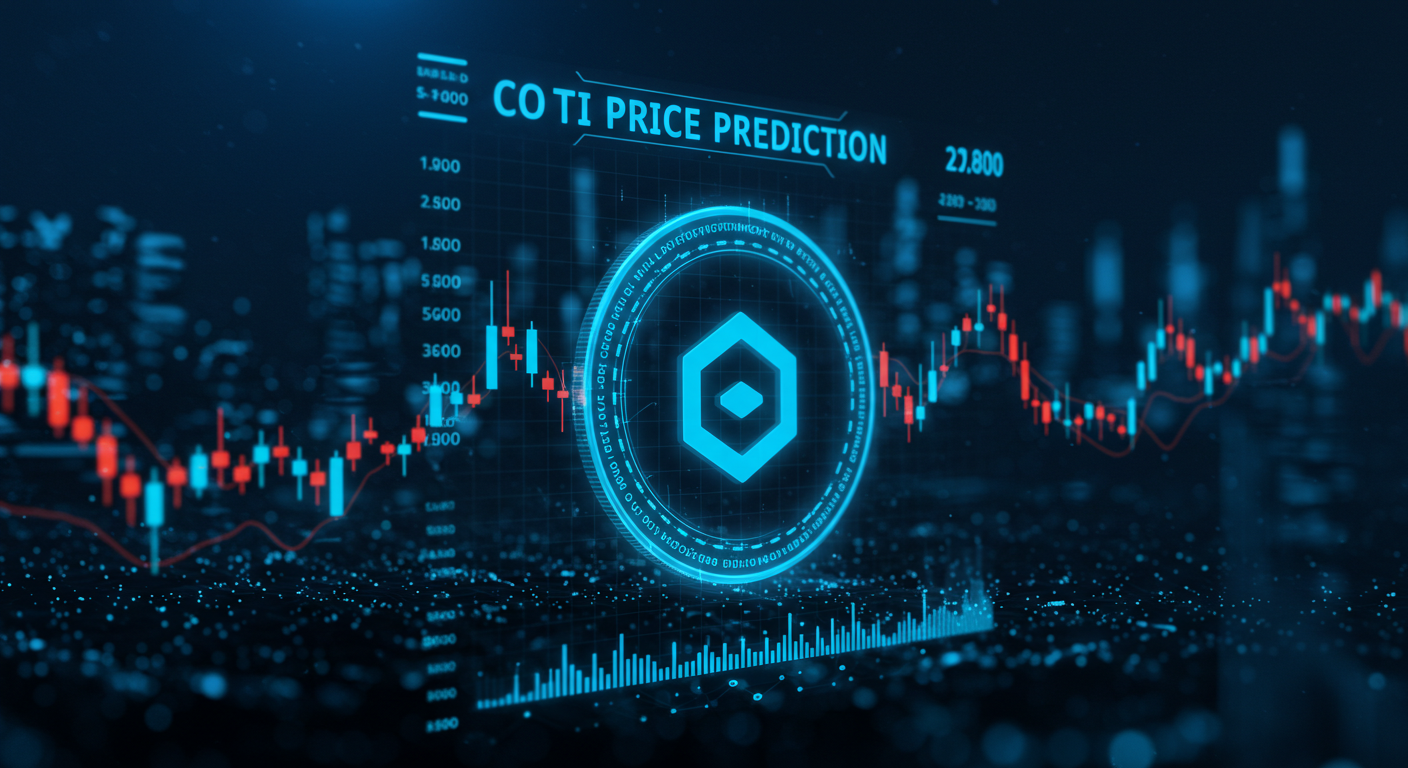
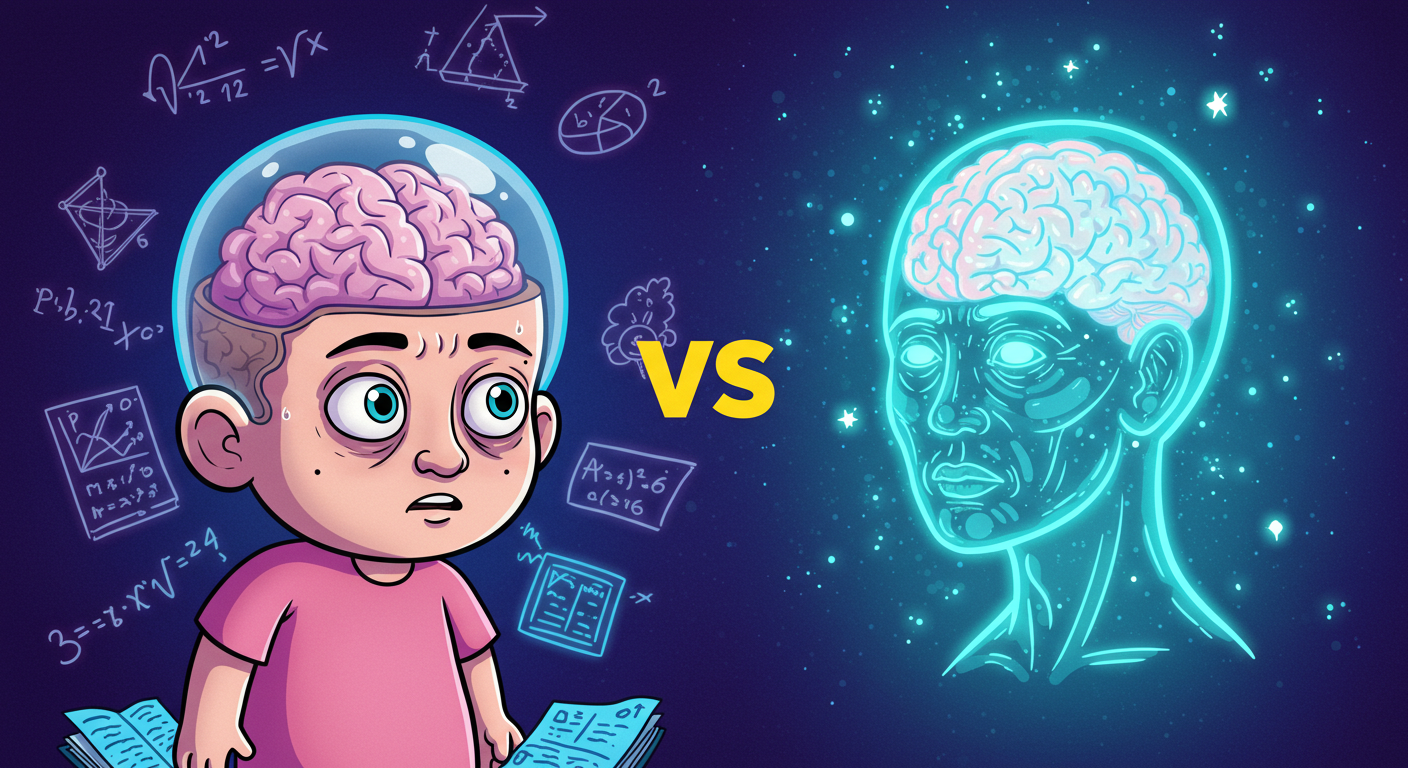
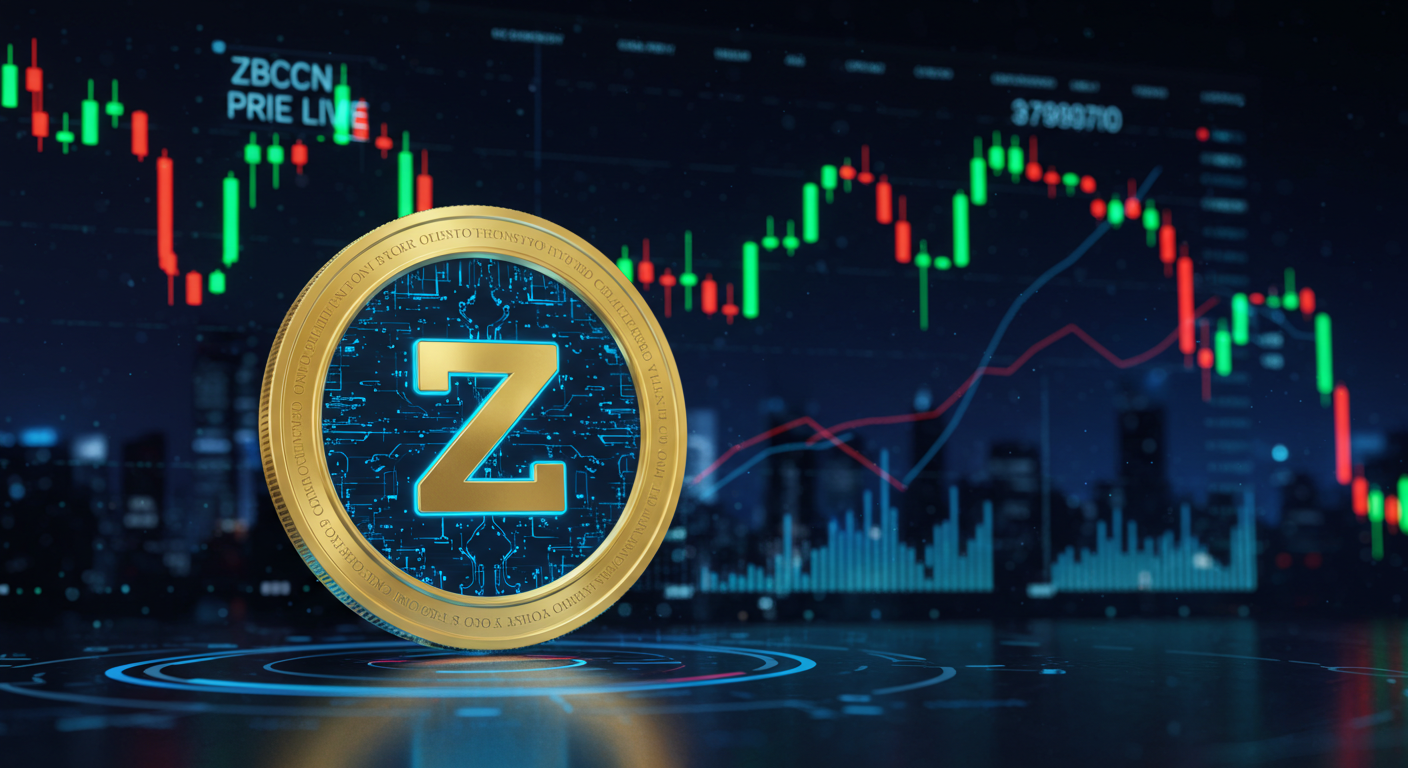

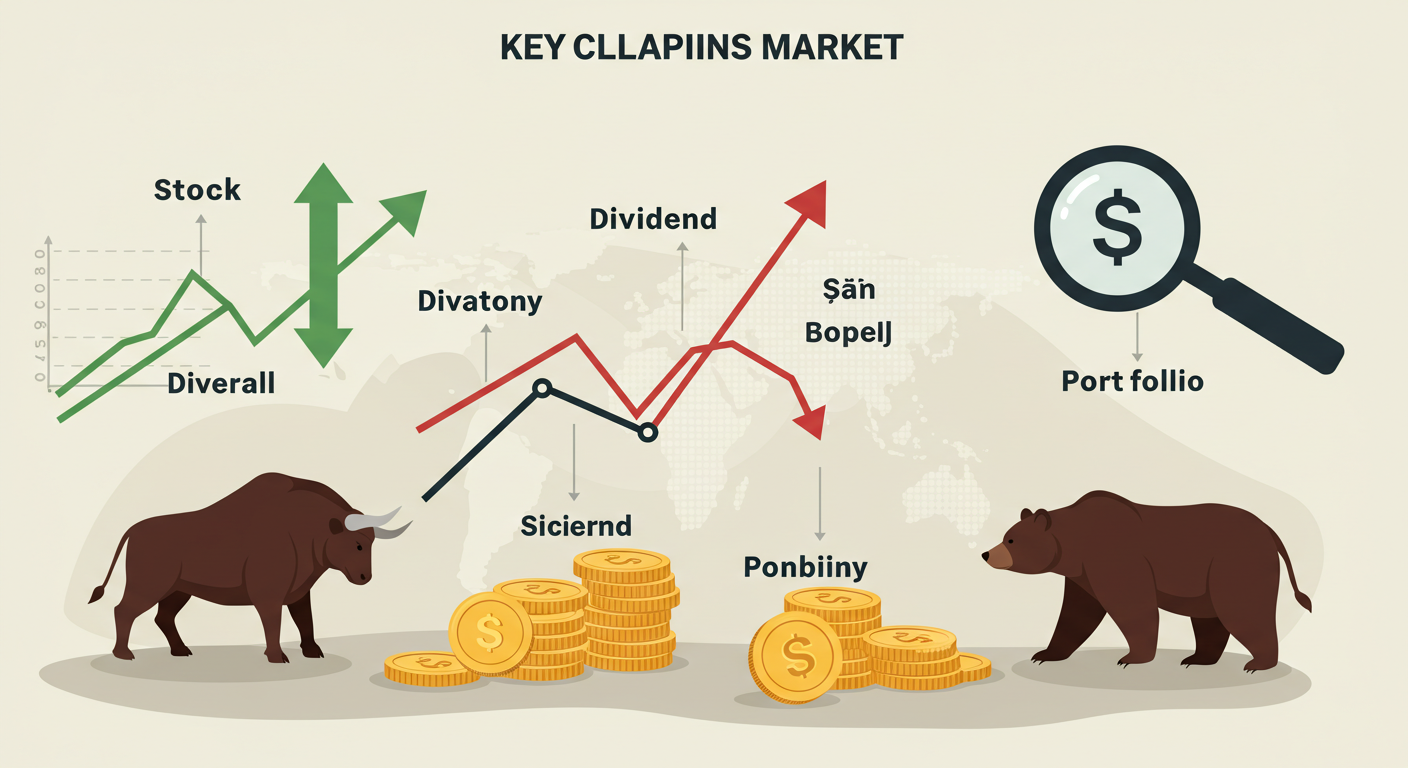
Leave a Reply